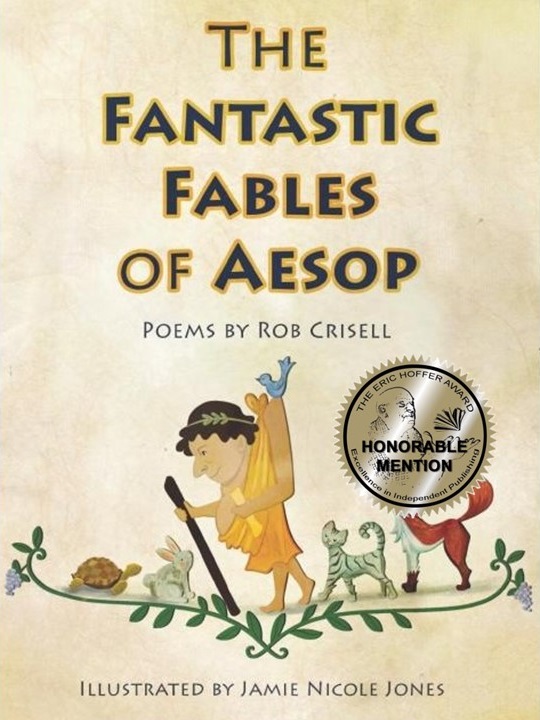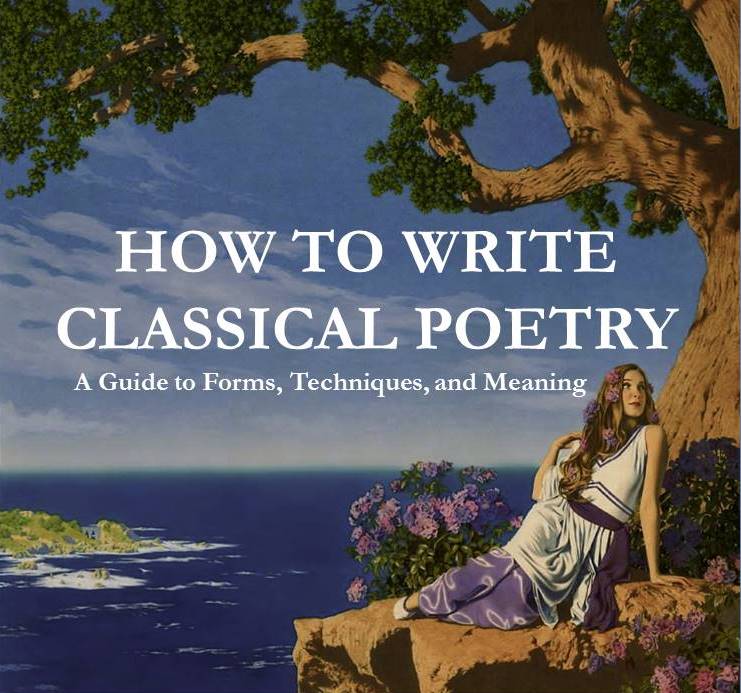Sonora: The Desert
Harsh sunlight beats upon the thirsty land
And glares upon the limestone cliffs and sand,
While waves of heat rise shimmering, above
The parched loam where the great saguaros stand.
And perched up high among the spines thereof
There broods in camouflage a mother dove,
Whose eggs lie hidden by her breast, her nest
A knitted niche of neatly-knotted love.
Along the desiccated ground, impressed
By tiny running feet, crisscrossing lest
A predator should see, a rodent’s track
Evinces its unending hungry quest.
Concealed among the stones of brown and black,
Its body hidden stretched along a crack
And waiting, watching for unwary prey,
There lurks a patient diamondback.
Ephedra, sage and creosote all stray
Along the rims of sere arroyos. They
Succeed in thriving: an exquisite feat
Amid the barren soil and rock-hard clay.
And seemingly unfazed by searing heat,
Up where the mescal trees and heaven meet,
Cicadas make the wasteland throb with sound,
Their many-years’ interment now complete.
The desert’s lush abundance will abound
With form and color rarely elsewhere found—
Throughout one sees the working of that hand
Whose word and wisdom nature will expound.
Relentless Time
“Dum loquitur, fugerit invida aetas: carpe diem…” —Horace: Odes I (11)
When very young, we blindly may dismiss
Our elders’ admonitions about Time,
Or future grief or pain, for in that bliss
Who recks of illness, death, mischance, or crime?
And in our prime, with life’s distracting needs,
With open, seeing eyes, we still are blind:
We go our ways, and yet, while Time proceeds,
The passing hours are rarely brought to mind.
But when we’re spared into our elder years,
We recognize the truth we used to mock:
That whether youth was fraught with joy or tears,
There is no hope of winding back the clock.
Use well the days, because with every breath,
Relentless Time will sweep us all toward death.
Reawakening
a dizain
The waxing sun of April shines
Where once the woods of winter pined;
Now trilliums and columbines
Exult; where snow once lay, now find
Sweet-scented honeysuckle twined.
Where rime ran rife, where cold was keen,
Unfurling ferns of freshest green
Now burst beneath the budding trees,
And fragrant flowers of eglantine
Are bending in the brimming breeze.
John Marmaro is originally from Long Island and grew up in Sarasota, Florida. He graduated from the University of Florida in 1980, with honors, having participated for two years in the College of Liberal Arts and Sciences’ English Department High Honors Seminar, with poetry tutorials by Richard Eberhart, Gwendolyn Brooks, James Dickey, among others. He lived in New York for 15 years, working for Credit Lyonnais New York most of the time. He is now disabled, living in Soring Hill, Florida. He began writing poetry again 3 years ago, much of which is posted online on PoetrySoup.com.















Thank you for three lovely poems.
Very skillfully constructed and beautifully written poems, exhibiting not only a commanding use of language and a rich variety of images, but also the observant eye and knowledge of an experienced naturalist. The second poem I found particularly poignant and moving in its subject matter.
I stand in awe for the beauty of your poetry. Thank you!
The poems are lovely and thoughtful, and show solid skill in composition.
There is one metrical problem in the “Sonora” poem, in the last line of quatrain four. “There lurks a patient diamondback” is not a pentameter, and cannot be scanned in accordance with the rest of the poem.
I’d suggest a change like this:
“There lurks a patient, waiting diamondback.” (Ten perfect syllables with a masculine ending).
As a general rule, unless a poem is deliberately heterometric all the lines should follow the same metrical pattern of stresses. If one line is out of sync with all the rest, is has the same aesthetic effect as a wart on the face of an otherwise beautiful woman.
I’ve had arguments over this issue with contributors to my magazine, who tend to come up with some kind of excuse for eccentric lines, like “Well, I wanted that line to stand out,” or “I’m emphasizing something special there.”
No, those excuses don’t hold water. Not in a lengthy poem where all the other lines are perfect.
Beautiful poems…I’m you are writing.
I am quite familiar with the Sonora desert, and I think you’ve got it just about right. Maybe you could have included a line about the winter hummingbirds or the spring bloom of ocotillo, but these are small omissions.
Lovely indeed.
Whose eggs lie hidden by her breast, her nest
A knitted niche of neatly-knotted love.
Internal rhyme . . . check . . .
Alliteration . . . check, check, check, check . . .
Nicely turned.
Thank you, John
What stands out for me, particularly in the first and third poems, is an eye for detail, and the ability to express such detail melodiously.